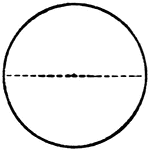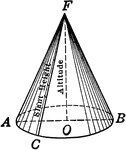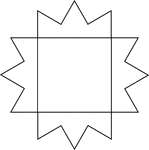
Square Inscribed in a 12-Point Star
Illustration of a square inscribed in a closed concave geometric figure with 24 sides in the shape of…
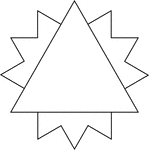
Triangle Inscribed In A 12-Point Star
Illustration of an equilateral triangle inscribed in a closed concave geometric figure with 24 sides…
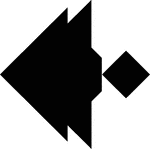
Angelfish
Tangrams, invented by the Chinese, are used to develop geometric thinking and spatial sense. Seven figures…
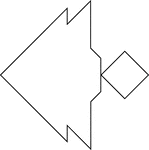
Angelfish
Tangrams, invented by the Chinese, are used to develop geometric thinking and spatial sense. Seven figures…
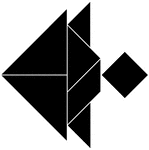
Angelfish
Tangrams, invented by the Chinese, are used to develop geometric thinking and spatial sense. Seven figures…
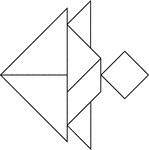
Angelfish
Tangrams, invented by the Chinese, are used to develop geometric thinking and spatial sense. Seven figures…
Arch
Tangrams, invented by the Chinese, are used to develop geometric thinking and spatial sense. Seven figures…
Arch
Tangrams, invented by the Chinese, are used to develop geometric thinking and spatial sense. Seven figures…
Arch
Tangrams, invented by the Chinese, are used to develop geometric thinking and spatial sense. Seven figures…
Arch
Tangrams, invented by the Chinese, are used to develop geometric thinking and spatial sense. Seven figures…

Arrow Pointing Left
Tangrams, invented by the Chinese, are used to develop geometric thinking and spatial sense. Seven figures…

Arrow Pointing Left
Tangrams, invented by the Chinese, are used to develop geometric thinking and spatial sense. Seven figures…

Arrow Pointing Left
Tangrams, invented by the Chinese, are used to develop geometric thinking and spatial sense. Seven figures…

Arrow Pointing Left
Tangrams, invented by the Chinese, are used to develop geometric thinking and spatial sense. Seven figures…
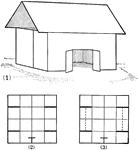
Pattern To Make A Barn
Illustration of pattern showing steps to make a barn. The barn is a composite figure made up of a triangular…
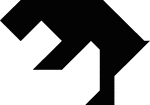
Bear
Tangrams, invented by the Chinese, are used to develop geometric thinking and spatial sense. Seven figures…
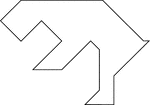
Bear
Tangrams, invented by the Chinese, are used to develop geometric thinking and spatial sense. Seven figures…
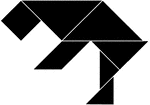
Bear
Tangrams, invented by the Chinese, are used to develop geometric thinking and spatial sense. Seven figures…

Bear
Tangrams, invented by the Chinese, are used to develop geometric thinking and spatial sense. Seven figures…
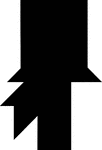
Bearded Man in a Tophat
Tangrams, invented by the Chinese, are used to develop geometric thinking and spatial sense. Seven figures…

Bearded Man in a Tophat
Tangrams, invented by the Chinese, are used to develop geometric thinking and spatial sense. Seven figures…
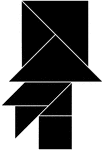
Bearded Man in Tophat
Tangrams, invented by the Chinese, are used to develop geometric thinking and spatial sense. Seven figures…
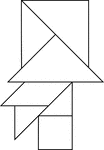
Bearded Man in Tophat
Tangrams, invented by the Chinese, are used to develop geometric thinking and spatial sense. Seven figures…
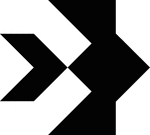
Beta Fish
Tangrams, invented by the Chinese, are used to develop geometric thinking and spatial sense. Seven figures…
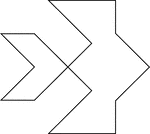
Beta Fish
Tangrams, invented by the Chinese, are used to develop geometric thinking and spatial sense. Seven figures…

Beta Fish
Tangrams, invented by the Chinese, are used to develop geometric thinking and spatial sense. Seven figures…
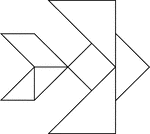
Beta Fish
Tangrams, invented by the Chinese, are used to develop geometric thinking and spatial sense. Seven figures…
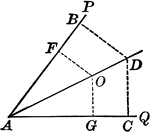
Angle Bisector
Illustration showing that the bisector of a given angle is the locus of points equidistant from the…
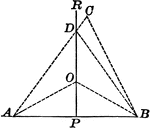
Perpendicular Bisector of a Line
Illustration showing that the perpendicular bisector of a given line is the locus of points equidistant…
Boat
Tangrams, invented by the Chinese, are used to develop geometric thinking and spatial sense. Seven figures…
Boat
Tangrams, invented by the Chinese, are used to develop geometric thinking and spatial sense. Seven figures…
Boat
Tangrams, invented by the Chinese, are used to develop geometric thinking and spatial sense. Seven figures…
Boat
Tangrams, invented by the Chinese, are used to develop geometric thinking and spatial sense. Seven figures…
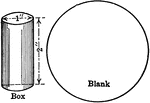
Cylindrical Box - Blank
Sheet metal blank for making a cylindrical box with a diameter of 1 inch and a height of 2 inches.
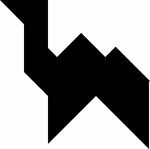
Camel
Tangrams, invented by the Chinese, are used to develop geometric thinking and spatial sense. Seven figures…
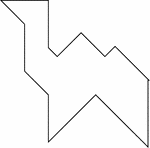
Camel
Tangrams, invented by the Chinese, are used to develop geometric thinking and spatial sense. Seven figures…
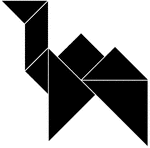
Camel
Tangrams, invented by the Chinese, are used to develop geometric thinking and spatial sense. Seven figures…
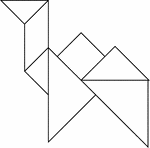
Camel
Tangrams, invented by the Chinese, are used to develop geometric thinking and spatial sense. Seven figures…

Vertical Cross Section of Spherical Zones of a Casting
An illustration of a vertical cross section of the spherical zones of a casting with a diameter of 16…
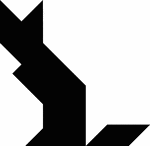
Cat
Tangrams, invented by the Chinese, are used to develop geometric thinking and spatial sense. Seven figures…
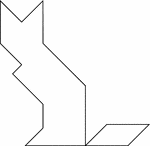
Cat
Tangrams, invented by the Chinese, are used to develop geometric thinking and spatial sense. Seven figures…
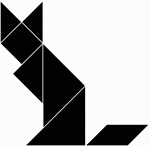
Cat
Tangrams, invented by the Chinese, are used to develop geometric thinking and spatial sense. Seven figures…
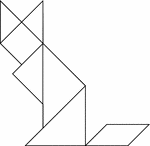
Cat
Tangrams, invented by the Chinese, are used to develop geometric thinking and spatial sense. Seven figures…

Center of Gravity
"In a body of equal thickness, as a board, or a slab of marble, but otherwise of an irregular shape,…

Center of Gravity
"When such a surface is irregular in shape, suspend it at any point, so that it may move freely, and…
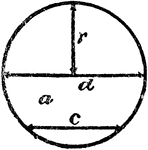
Radius, Diameter, and Chord In A Circle
An illustration showing a circle with radius r, diameter d, and chord c.
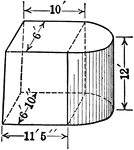
Composite Figure of Quadrilateral Frustum With Half of a Cylinder Attached
An illustration of a composite figure made up of a quadrilateral frustum and half of a cylinder. Frustum…

Contours of a concave cone
"The contours of a concave (hollowed out) cone are close together at the center (top), and far apart…
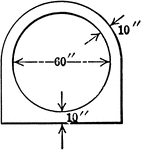
Cross Section of Concrete Conduit
Cross section of concrete conduit. The diagram can be used to find volume.
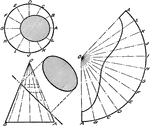
Development of Cone
A rolled out image of a cone by dividing the base in equal parts and arcs to measure the true lengths.

Circular Cone Frustum
An illustration of a circular cone with the top cut off by a plane parallel to the base. The remaining…

Right Circular Cone
An illustration of a right circular cone with labels on slant height and altitude.
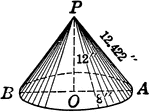
Right Circular Cone
An illustration of a right circular cone with labels on slant height (12.422), radius (8), and altitude…

Right Circular Cone 10 Feet High With 30 Degree Angle
An illustration of a right circular cone with altitude of 10 ft. and angle of 30 degrees.
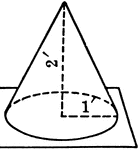
Right Circular Cone With 2 ft. Height and 1 ft. Radius
An illustration of a right circular cone with la radius of 1 foot and a height of 2 feet. Illustration…
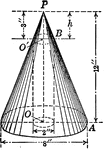
Right Circular Cone With Hole Cut Out
An illustration of a right circular cone with labels on dimensions, and hole cut out. Illustration could…

